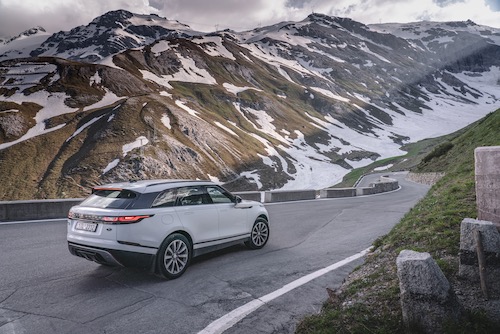When driving in winter conditions, you will need to have winter tires or tires that are approved for winter use. For that you have dedicated winter tires and all-weather tires. It is important to note that all-season tires shouldn’t be used during winter conditions. For the dedicated winter tires, they are to be alternated with all-season tires so that you use the all-season tires during the warm climates and then the winter tires during the cold climates.
For the dedicated tires you have both studded and non-studded tires, where the studded tires use metal studs that protrude from the tread. These metal studs are able to grip the ice and create excellent grip. For the non-studded tires, they instead used a series of innovations that allow them to create almost similar grip without using metal studs. The non-studded tires incorporate crystal particles into the tread do create a sandpaper like surface that allow it to create grip. They also have sipes and suction design that further grips the ice.
For grip on snow and slush, it is all down to the tread. For well tires with good tread design they will have better tread design and thus better grip on snow as well as ice. If you instead of using non-studded tires, you can also use winter approved all-weather tires. They should have the severe service emblem indicating that the have passed the performance tests. All-weather tires are best for areas that have inconsistent winters, where you still want to make sure that you are safe it you have a spell of winter weather. This is good if you are heavily dependent on your car for everyday use.
For more information on finding the best non-studded tires for your car, visit: nokiantires.com
